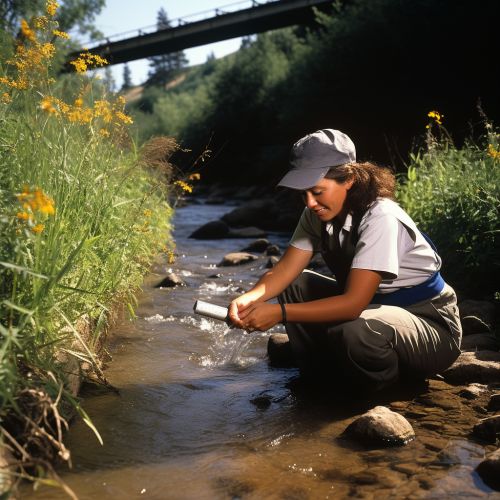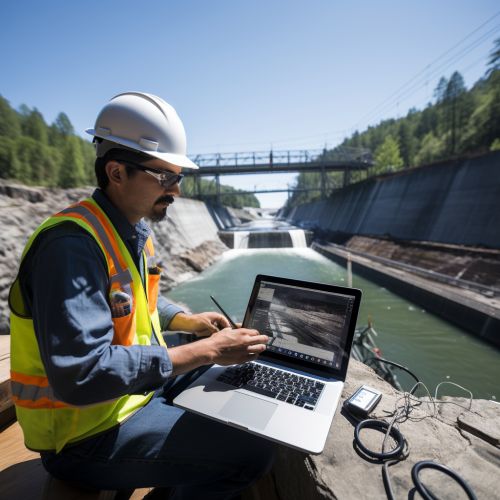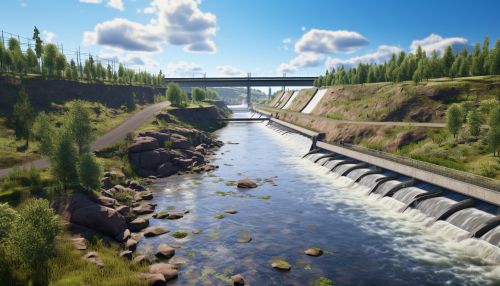Hydrology
Introduction
Hydrology is the scientific study of the movement, distribution, and management of water on Earth and other planets, including the water cycle, water resources, and environmental watershed sustainability. A practitioner of hydrology is a hydrologist, working within the fields of earth or environmental science, physical geography, geology, or civil and environmental engineering. Using various analytical methods and scientific techniques, they collect and analyze data to help solve water-related problems in society: problems of quantity, quality, and availability. They may work in the public or private sector, often for national or local governments or environmental consulting firms.


Water Cycle
The water cycle is the continuous movement of water on, above, and below the surface of the Earth. The water cycle involves the exchange of energy, which leads to temperature changes. When water evaporates, it takes up energy from its surroundings and cools the environment. When it condenses, it releases energy and warms the environment. These heat exchanges influence climate.


Water Resources
Water resources are sources of water that are useful or potentially useful to humans. It is important because it is needed for life to exist. Many uses of water include agricultural, industrial, household, recreational, and environmental activities. Virtually all of these human uses require fresh water.


Environmental Watershed Sustainability
Watershed sustainability is the capacity of a watershed to maintain its functions and processes into the future, despite disturbances. It is a key component of hydrology as it involves the management and conservation of water resources within a watershed context.


Hydrologic Measurements and Analysis
Hydrologists use a variety of tools and techniques to measure the properties of water bodies. These measurements are used to analyze the characteristics of the water, its behavior, and its distribution. This analysis is critical to understanding and managing water resources.


Applications of Hydrology
Hydrology has many applications in diverse fields such as engineering, agriculture, forestry, environmental planning, and earth sciences. In these fields, it is used to analyze and manage water resources, predict and mitigate natural disasters, design and construct infrastructure, and preserve and manage natural habitats.


